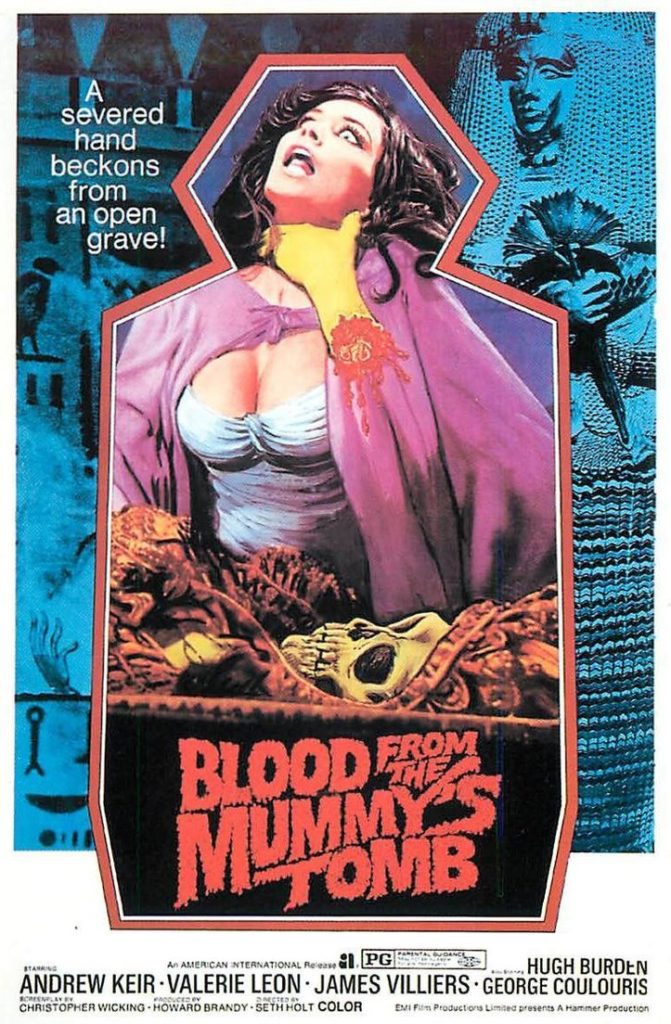 I feel like American audiences have been sold a false bill of goods with Night Creatures. The title implies quite a different movie than what we got. While today’s film was titled Night Creatures for the American market, its original title in the UK and elsewhere is Captain Clegg. That title isn’t exactly the best, either, as it makes the movie sound like something Disney would have cranked out for kids, and it’s not that.
I feel like American audiences have been sold a false bill of goods with Night Creatures. The title implies quite a different movie than what we got. While today’s film was titled Night Creatures for the American market, its original title in the UK and elsewhere is Captain Clegg. That title isn’t exactly the best, either, as it makes the movie sound like something Disney would have cranked out for kids, and it’s not that.
From 1962, Night Creatures, directed by Peter Graham Scott from a screenplay by Anthony Hinds, is a departure for Hammer. By the time this film was made, Hammer was fully invested in making gothic horror, but Night Creatures is a thriller. It can be painted as a horror flick, however, which is why I feel there’s been a little misdirection involved in promoting it.
In 18th century England, a notorious pirate by the name of Captain Clegg was captured, hanged, and buried in a small coastal town. Ever since then, ghostly phantoms on horseback have plagued the marshes surrounding the town. Many in the town are terrified that such creatures lurk in the wilderness. Where did they come from? What is their purpose? Will anything be done about them? This film sets itself up as horror. But, it’s really about wily townspeople trying to hide their illegal activities from the government. Continue reading “Night Creatures, aka Captain Clegg”

 Hammer, in a wise decision, jettisoned much of the tropes they had used in their previous Mummy films. For three consecutive productions, they had made basically the same film. British archaeologists discover ancient Egyptian tomb, said tomb has a curse on it, ancient Egyptian mummy resurrects and kills those who dared desecrate the tomb. It really was the same thing again and again. That was all well and good when they did it the first time, but by the last film, The Mummy’s Shroud, the plot was too familiar, and everyone involved seemed to be just going through the paces.
Hammer, in a wise decision, jettisoned much of the tropes they had used in their previous Mummy films. For three consecutive productions, they had made basically the same film. British archaeologists discover ancient Egyptian tomb, said tomb has a curse on it, ancient Egyptian mummy resurrects and kills those who dared desecrate the tomb. It really was the same thing again and again. That was all well and good when they did it the first time, but by the last film, The Mummy’s Shroud, the plot was too familiar, and everyone involved seemed to be just going through the paces.